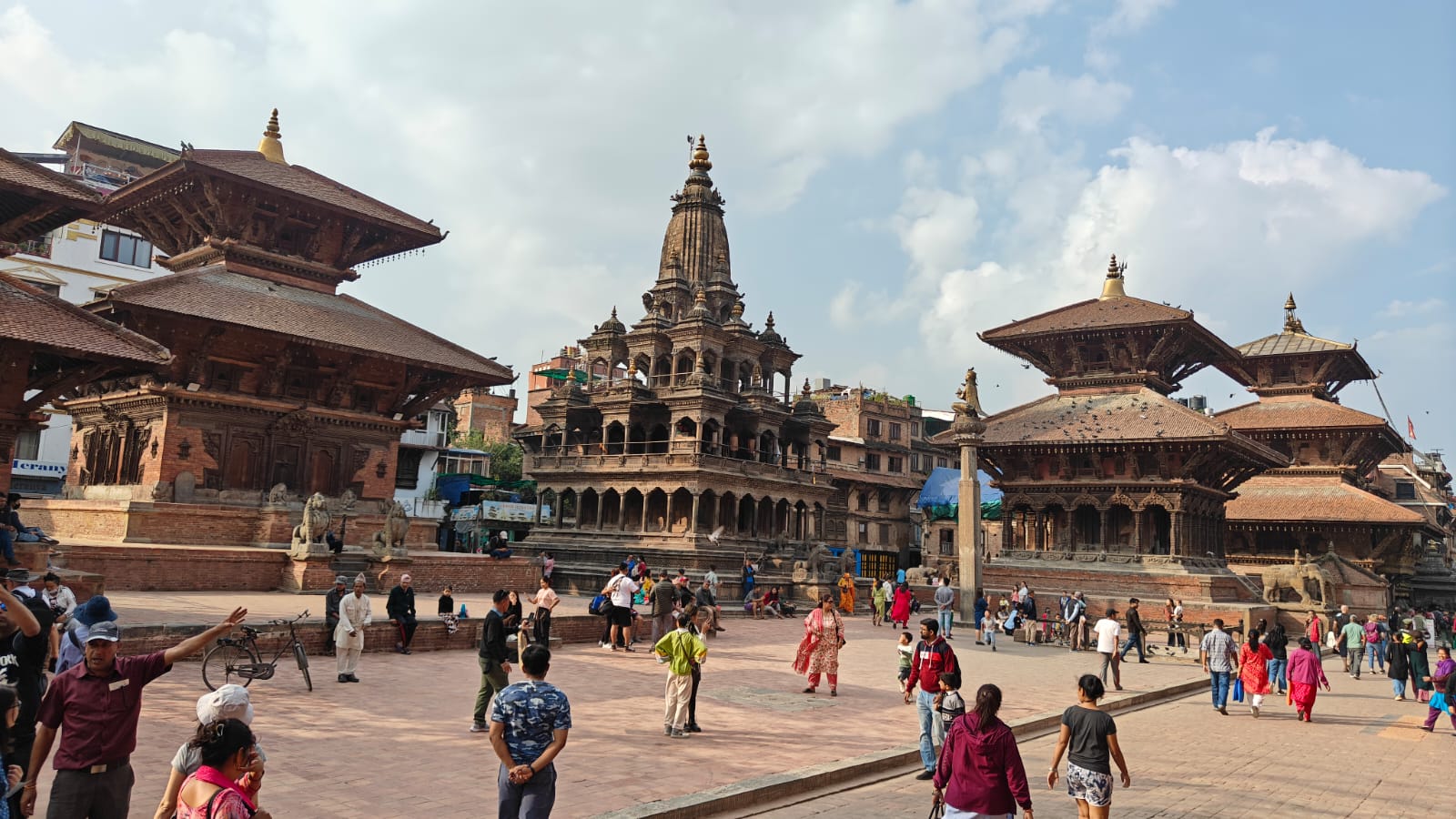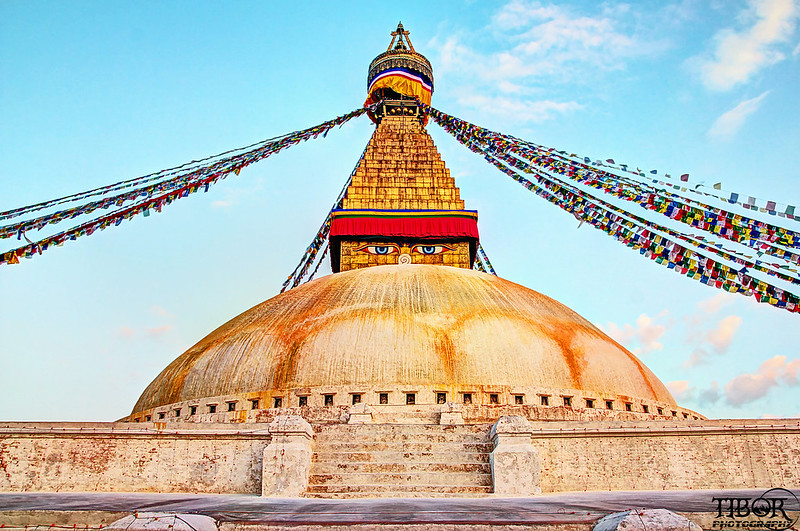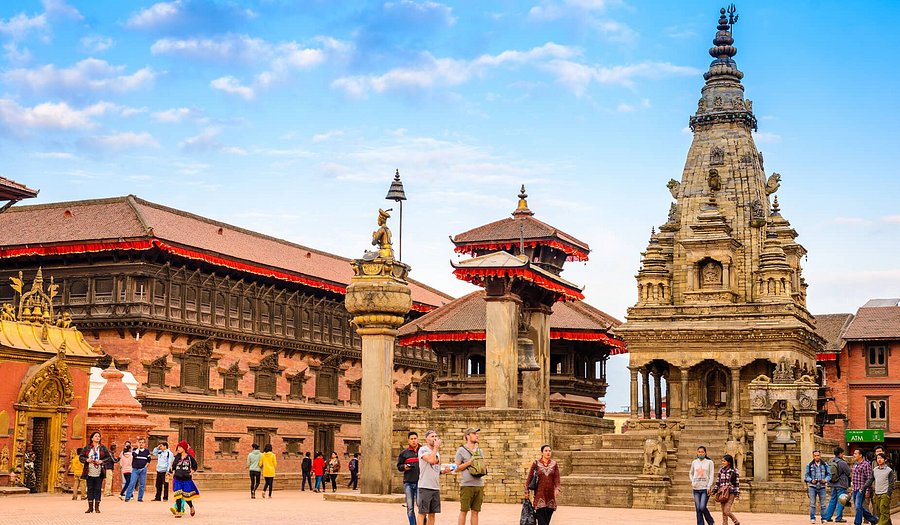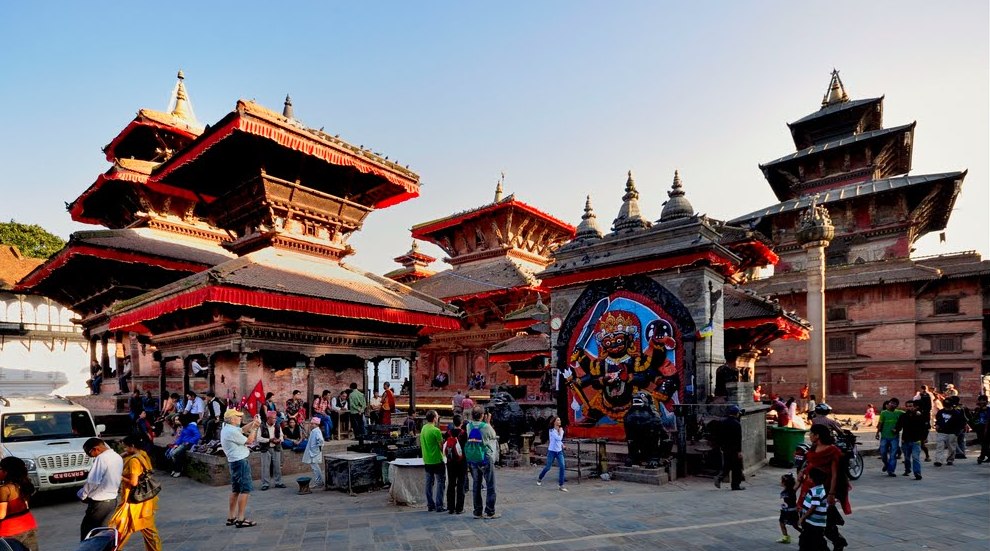
Introduction to Bouddhanath Stupa
Nestled in the vibrant city of Kathmandu, the Bouddhanath Stupa stands as an epitome of spiritual serenity and architectural grandeur. As one of the largest stupas in the world, Bouddhanath exudes a magnetic aura, drawing pilgrims and travelers alike from across the globe. Its towering white dome crowned with a golden spire, adorned by the all-seeing eyes of Buddha, is a symbol of enlightenment and compassion. Declared a UNESCO World Heritage Site in 1979, the stupa holds immense historical, cultural, and religious significance. For centuries, it has served as a sanctuary for Tibetan Buddhism and an emblem of Nepal’s diverse spiritual heritage. Whether you are seeking spiritual solace or a glimpse into Nepal’s rich tapestry of traditions, Bouddhanath is an unmissable destination that leaves an indelible mark on the hearts of its visitors.
History and Cultural Significance
The origins of Bouddhanath Stupa are shrouded in legend and history, intertwining mythological narratives with tangible heritage. According to ancient texts, the stupa was constructed during the reign of the Licchavi King Śivadeva in the 5th century CE. However, local lore attributes its creation to an impoverished widow who sought permission from the king to build a small shrine. Her determination and unwavering devotion resulted in the construction of one of the most monumental stupas in history.
One prominent legend associates the stupa with the bones of Kassapa Buddha, an enlightened being predating Gautama Buddha. The structure is believed to house relics, making it a sacred site for pilgrims. Its importance grew exponentially following the arrival of Tibetan refugees in Nepal after China’s annexation of Tibet in the 1950s. Today, Bouddhanath serves as a spiritual haven for Tibetan Buddhism, symbolizing harmony, wisdom, and compassion in a world often marked by chaos.

Architecture and Design
The architectural design of Bouddhanath Stupa is a masterpiece of symbolic geometry and intricate craftsmanship. Spanning approximately 36 meters in height and surrounded by a circular base, the stupa’s design reflects the Buddhist cosmos. The white dome represents the womb of creation, while the square harmika atop it symbolizes the path to enlightenment. The golden spire, consisting of 13 levels, signifies the stages of spiritual realization required to attain nirvana.
At the pinnacle of the stupa, the all-seeing eyes of Buddha gaze outward in all four cardinal directions, signifying omniscience and vigilance. Beneath these eyes is a spiral nose-like symbol, interpreted as the Nepali numeral ‘1,’ representing unity and the singular path to enlightenment. Surrounding the stupa are prayer wheels inscribed with the mantra “Om Mani Padme Hum,” which devotees spin while circumambulating the structure. The entire complex is designed as a giant mandala, a representation of the universe in Buddhist philosophy, with elements that correspond to earth, water, fire, air, and space.
Religious and Spiritual Practices
Bouddhanath Stupa is not merely a monumental structure; it is a living, breathing center of spirituality. Devotees from all walks of life, including monks, nuns, and lay practitioners, flock to this sacred site to engage in various religious practices. One of the most common rituals is circumambulation, or kora, performed by walking clockwise around the stupa while chanting prayers and spinning the prayer wheels. This act is believed to purify the mind and accumulate good karma.
Prayer flags fluttering in the wind carry mantras to the heavens, spreading blessings to all sentient beings. Monasteries surrounding the stupa offer opportunities for meditation and teachings on Buddhist philosophy. Festivals such as Losar (Tibetan New Year) and Buddha Jayanti (Buddha’s Birthday) see the stupa come alive with vibrant ceremonies, traditional dances, and butter lamp offerings, creating an atmosphere of profound devotion and communal harmony.
Things to Do Around Bouddhanath
While the stupa itself is the focal point, the surrounding area offers a plethora of experiences that enhance the visit. The perimeter is lined with monasteries, including the famous Shechen Monastery, where visitors can learn about Tibetan Buddhism and even participate in meditation sessions. The streets are bustling with shops selling Tibetan handicrafts, jewelry, prayer beads, and thangka paintings, making it a paradise for souvenir hunters.
For those seeking tranquility, rooftop cafes and restaurants provide stunning views of the stupa, allowing visitors to enjoy a cup of traditional Nepali tea while soaking in the serene ambiance. Cultural enthusiasts can attend workshops on mandala painting or learn about traditional Tibetan medicine. The area is also a hub for volunteering opportunities, where visitors can engage in social work or educational initiatives within the local community.
Bouddhanath as a Tourist Attraction
Bouddhanath Stupa is not just a spiritual site; it is a cornerstone of Nepal’s tourism landscape. Its serene aura and architectural brilliance make it a must-visit destination for travelers. The stupa is particularly enchanting during sunrise and sunset when the golden hues of the spire reflect the changing light, creating a mesmerizing spectacle.
Photography enthusiasts find endless inspiration in the intricate details of the stupa, the vibrant prayer flags, and the candid moments of devotees in prayer. The best time to visit is during the quieter early morning hours or in the evening when butter lamps illuminate the stupa, creating a magical ambiance.

Impact on the Local Community
Bouddhanath Stupa is not only a spiritual sanctuary but also a lifeline for the local community. It has been instrumental in preserving Tibetan culture, serving as a hub for traditional crafts, music, and dance. The influx of pilgrims and tourists has stimulated the local economy, supporting businesses ranging from souvenir shops to restaurants and guesthouses.
The stupa has also become a center for social initiatives, with monasteries and NGOs working together to provide education, healthcare, and vocational training for underprivileged communities. This symbiotic relationship between spirituality and community development underscores the stupa’s role as a beacon of hope and resilience.
Travel Tips for Visitors
To make the most of your visit to Bouddhanath Stupa, consider the following tips:
- Entry Fees and Timings: The stupa is open daily from dawn to dusk. Foreign visitors are required to pay a small entry fee, which contributes to its maintenance.
- Dress Code: Out of respect for the sanctity of the site, visitors should dress modestly, covering their shoulders and knees.
- Best Time to Visit: Early mornings and evenings are ideal for a peaceful experience and stunning photographs.
- Accessibility: Located just 7 kilometers from Tribhuvan International Airport, Bouddhanath is easily accessible by taxi or public transport.
- Etiquette: Refrain from pointing your feet towards the stupa, avoid loud conversations, and always walk clockwise around the structure.
Bouddhanath After the 2015 Earthquake
The devastating earthquake of 2015 left Bouddhanath Stupa partially damaged, with its spire and harmika requiring extensive restoration. The reconstruction effort was a testament to the resilience and unity of the local and global Buddhist community. Funded by donations and supported by skilled artisans, the stupa was restored to its former glory by 2016. The restoration process adhered to traditional techniques, ensuring the preservation of its historical integrity. Today, Bouddhanath stands as a symbol of renewal and perseverance.
Personal Experiences and Stories
For many visitors, a trip to Bouddhanath Stupa is a deeply personal and transformative experience. The sight of monks chanting in unison, the aroma of incense, and the gentle hum of prayer wheels create an atmosphere of profound peace. Travelers often recount moments of introspection and connection as they sit quietly on the stupa’s steps, observing the ebb and flow of life around them.



